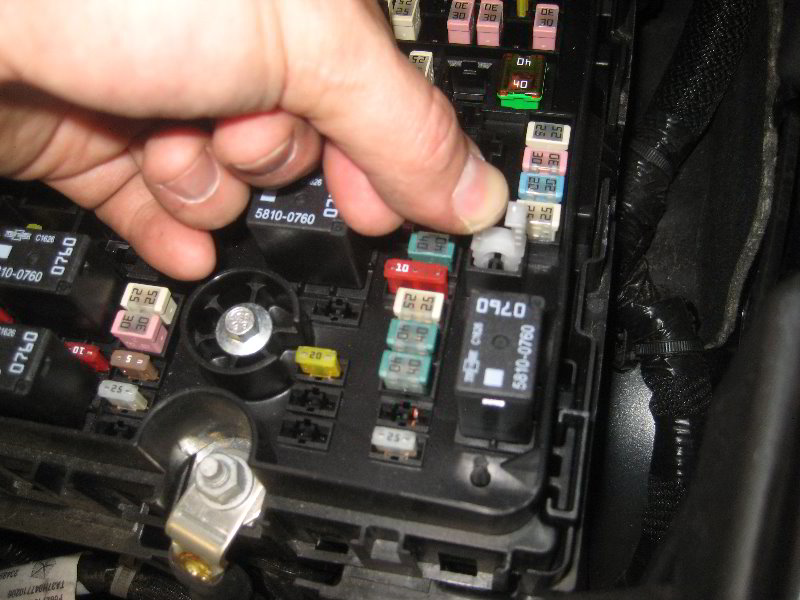Minivans have long been regarded as the quintessential family vehicle, offering a harmonious blend of spaciousness, comfort, and versatility. Among the options available, the Chrysler Pacifica has garnered attention for its innovative design and robust features. However, like any vehicle, not all model years are created equal. In this minivan buying guide, we delve into the years of the Chrysler Pacifica that buyers should approach with caution, illuminating the nuances behind these recommendations.
The Chrysler Pacifica made its debut in 2017 as a replacement for the Chrysler Town & Country. The introduction of this model marked a significant shift in Chrysler’s minivan design philosophy, as the Pacifica featured an upscale interior, a plethora of technological advancements, and innovative safety features. However, while the newer models have their merits, certain model years can present a barrage of challenges that prospective buyers should carefully consider.
2017: A Promising Start with Growing Pains
The inaugural year of the Pacifica was a leap into the future for Chrysler. Although it showcased a stylish design and garnered positive reviews for its spaciousness, buyers have reported an array of mechanical issues. Many fall into the category of transmission problems, with some drivers experiencing erratic shifting or failure to engage. Such issues can engender frustration, prompting potential buyers to tread carefully when considering the 2017 model year.
Moreover, while the Pacifica was celebrated for its innovative features, several electronic components were initially plagued by bugs. Infotainment system glitches and occasional sensor malfunctions became a common theme, revealing the minivan’s teething troubles in an otherwise impressive launch.
2018: Refinements but Persistent Issues
With the 2018 model, Chrysler endeavored to address many of the complaints that surfaced with the original Pacifica. Nevertheless, this model year did not escape unscathed. The transmission issues remained, albeit less pervasive than the previous year. Moreover, reports indicated that while some improvements were evident, the minivan still suffered from intermittent electrical malfunctions. Issues such as air conditioning failures and dashboard warning lights illuminated without cause added to the vehicle’s increasingly complex reputation.
It’s essential to highlight that while these shortcomings certainly raised eyebrows, many owners still appreciated the Pacifica’s multitude of amenities, including its expansive cargo space and comfortable seating arrangements. The quandary lies in balancing the allure of its design and technology against potential reliability concerns.
2019: A Year of Compromised Perception
The 2019 Chrysler Pacifica came into the market with updated styling and a focus on improving user experience. Yet, the vehicle fell victim to a host of ongoing challenges. The same transmission issues plagued this model, and by this point, it was evident that the Pacifica’s powertrain had become a heightened area of concern.
Additional complaints about the vehicle’s infotainment system came to the forefront, with reports of freezing screens and unresponsive touch interfaces becoming increasingly prevalent. While many families relished the Pacifica’s spaciousness and family-friendly features, the growing list of reliability concerns began to overshadow its attractive offerings.
2020: A Glimmer of Hope, but Cautious Optimism
The 2020 iteration of the Pacifica saw enhancements in safety technology and overall ride quality, but the lingering issues from previous years didn’t fully dissipate. While the minivan received a host of favorable updates, including a new hybrid variant, many drivers continued to report problems related to the transmission. The reputed smoothness of driving was often compromised by sporadic hesitation, leaving drivers in a state of uncertainty.
Moreover, the hybrid model, though an exciting addition, encountered its own set of challenges. Range anxiety due to limited electrical mileage and concerns about battery longevity became themes in consumer feedback. Still, the pacifistic nature of the vehicle, combined with its spacious design, continued to beckon families, fostering a sense of fascination despite the red flags.
The Unfolding Narrative: Common Threads and Deeper Reasons
So, what encapsulates the general sentiment surrounding the troubled years of the Chrysler Pacifica? At the heart of these complaints lies a dichotomy: the vehicle is functionally delightful, yet experiences persist that detract from the overall ownership experience. The appeal of spacious, family-oriented minivans is strong, and within Chrysler’s offering, there exists a philosophical commitment to creating a vehicle that genuinely supports the needs of modern families.
This tension between aspiration and reality reveals why the Chrysler Pacifica draws such intrigue. Many consumers become compelled by the promise of innovation—technology that simplifies daily life, design that resonates with sophistication, and features that promote safety and comfort. However, the allure can quickly diminish in the face of mechanical issues and provider concerns about reliability.
In conclusion, the quest for the ideal minivan necessitates thorough consideration of not only the vehicle’s merits but also its pitfalls. The years to approach with caution—2017 through 2019—exhibit the growing pains that accompany innovation in vehicle design. Understanding these intricacies empowers prospective buyers to make informed decisions that align with their family needs while also acknowledging the deeper narrative of fascination that surrounds the Chrysler Pacifica. Ultimately, navigating the minivan landscape is about finding the right balance between desire and practicality—a quest that every family embarks upon in search of their automotive sanctuary.
